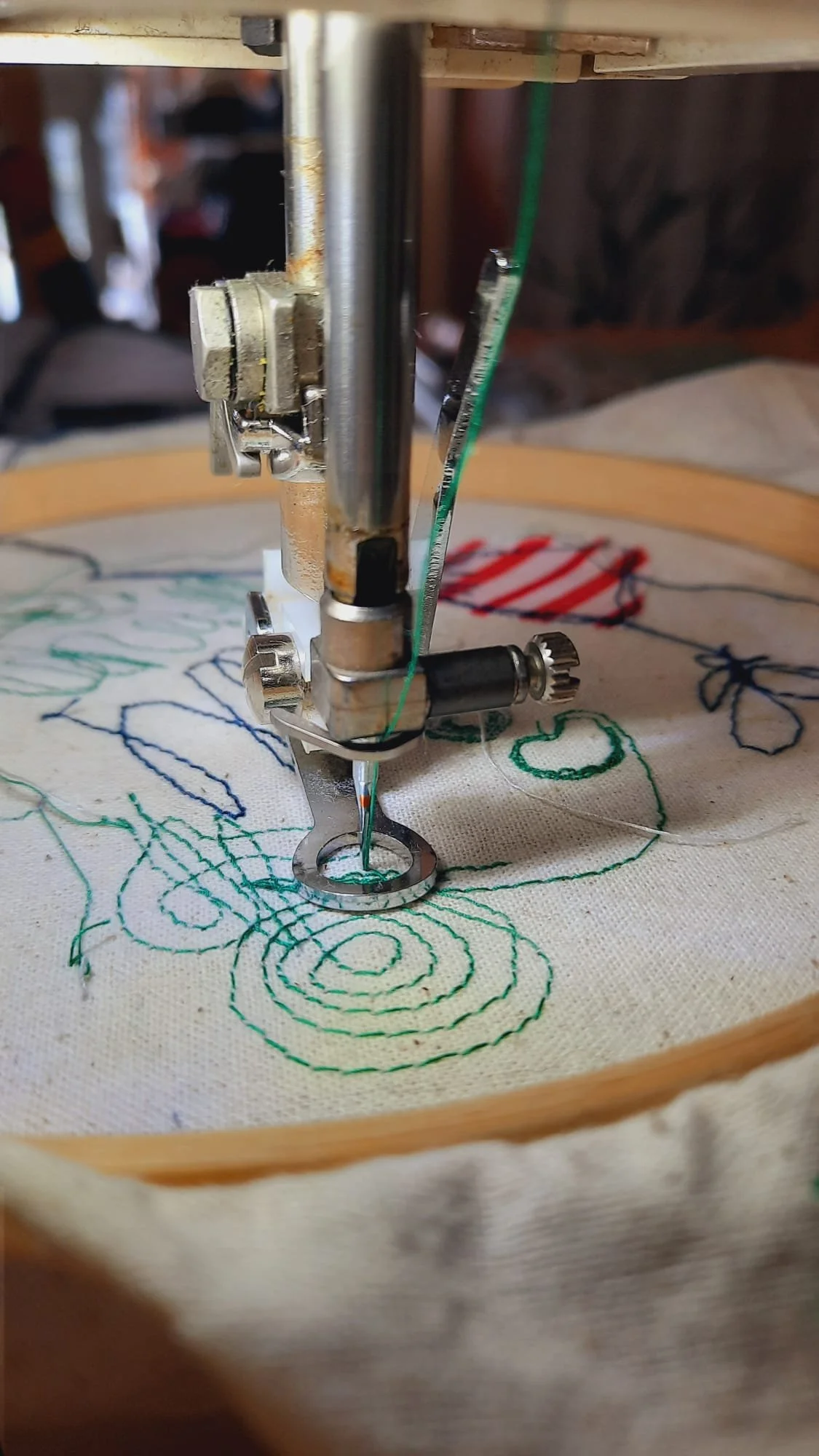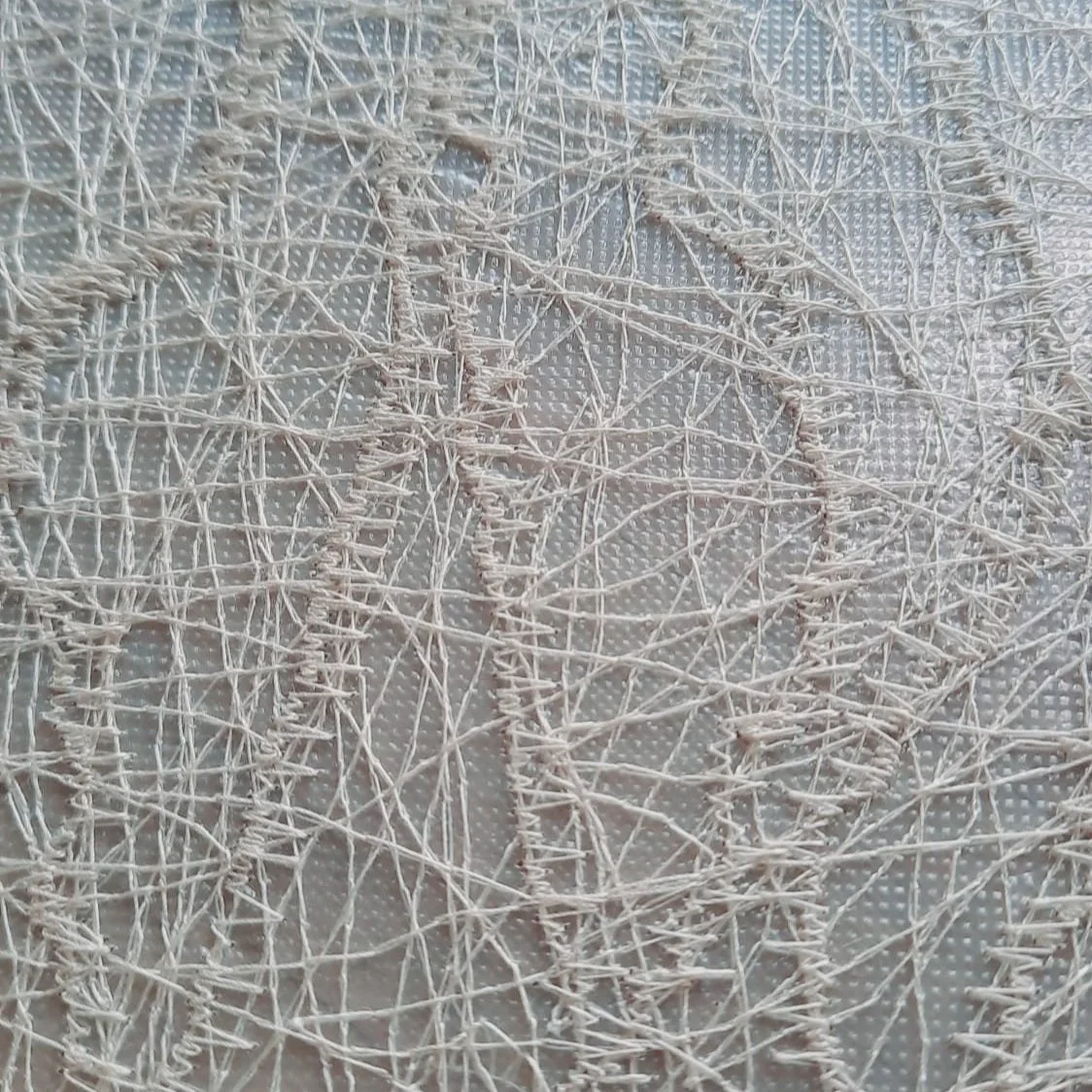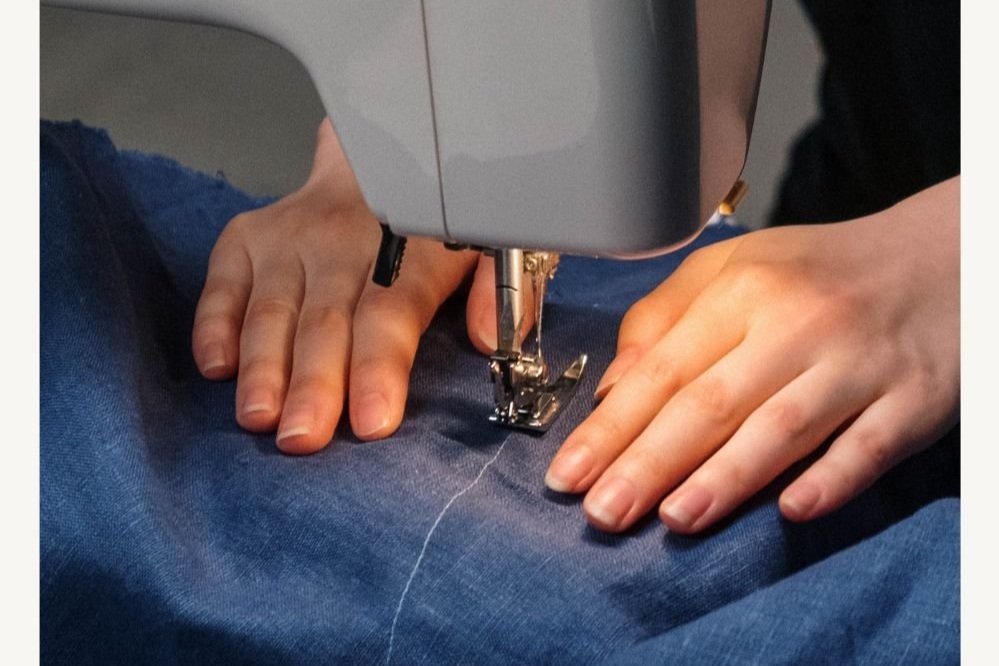Can Birds Use Threads for Nests?
The Power of Limitations
Artists love to make do with whatever they have in the studio. It gives us an edge when it comes to creating works that are unique, and it also pushes our creative boundaries. I enjoy using my scrap fabrics to create applique collages or even as a simple repair patch on a garment. The possibilities are endless!
But what if we end up not using certain things, or you have too much of certain materials? What do you do with them? For those of us who love to sew, I’m sure we have a lot of scrap threads, yarns and even embroidery threads.
What to do with the Scrap threads “Old Raggedy Threads”
I had written a blog post a few years ago, crowdsourcing for ideas on what to do with scrap threads left over from a sewing project. We had a range of creative ideas, ranging from toy stuffing alternatives to using them to create fabric. You can read the post here.
I keep my scrap threads in an ORTs “old raggedy thread” jar (actually, it’s now grown to 2!). These scraps arise when we are at the end of a series of stitching on the sewing machine, or towards the end of a strand of embroidery thread on a needle…..we take our scissors and snip them away from our project, and a pile of short threads grows. It’s a colourful pile. Mine has grown in the jar, and perhaps, I could even show you where each layer of threads came from!
Is Thread OK for Birds?
One of the ideas in the original post was to offer the ORTs to our feathered friends. Birds are industrious creatures and use basically anything they find in the wild to build their nests (the power of limitations!) It ranges from the natural such as twigs, leaves, to man-made products such as cigarettes and plastic bags. Today, we all know the dangers of plastic to wildlife, and recently, researchers have found plastic in every red-legged cormorant nest along the coast of the Atacama Desert in northern Chile, showing the extent of plastic pollution. I’m sure this circumstance is not restricted to the red-legged cormorant alone.
A bird nest covered with fishing nets and rope
Scrap Threads and Yarns are a Potential Hazard
I initially thought that it would be good to offer birds natural fiber materials (eg. cotton thread scraps and woolen yarns) to help them with their nest construction. I think most sewists probably did. And why not? I think a lot of us might think that it is a good way to give back to nature, and be part of their lives. Sadly, what may seem like a fun opportunity, may actually be a potential hazard to them.
Long threads and yarns can be a tangling hazard to birds and their chicks. LouAnn of Quilterbug alerted me to this when she read my original post:
“ In addition to birds losing a foot/leg, they can also become "tangled/tied" in their nest by yarns and threads thus preventing them from ever leaving the nest.”
Upon receiving her email, I did a bit of research on the internet and asked my bird watching friends and experts on the matter. All of them said that putting out anything in nature that doesn’t belong there is dangerous to the creatures that live there. One friend said, “Isn’t this the same as littering?”.
Why are ORTS a Hazard?
Long scraps of yarn and thread can get tangled in the wings, feathers and legs of birds. If it’s very tight the ORT will cut off the bird’s blood circulation. The same applies to human hair as nest materials.
ORTs can also be a problem to growing chicks too. The long yarn or thread can get wrapped around the hatchling and eventually strangle it, or cut off its circulation as it grows.
What About Cutting Them Up?
Yes, what about making them shorter? After discussing with my friends, we felt that it would be difficult for us to determine how short the fibers would need to be to reduce the hazard to the birds. Also, a few bird loving friends said that the shortened fibers may not be strong enough to withstand nature’s elements, causing patches of the nest to crumble.
Our conclusion is to just not to put them out there!
But I Really Want to be Part of Nest Building!
We are part of nature, but we must also respect it.
Here are some things that you can contribute to bird nest construction.:
Dried leaves
Twigs
Moss
Grass
Plant fluff
Always remember that if pesticide or fertilizer has been used in your garden, then it would be wise to discard them rather than share them with our feathered friends.
I hope this gives us more insight into how we should be living together with nature. I’m still learning something new everyday, and I’m so glad LouAnn contacted me. If you have anything to add, do let me know in the comments, or drop me a line.
Read more on the blog:










